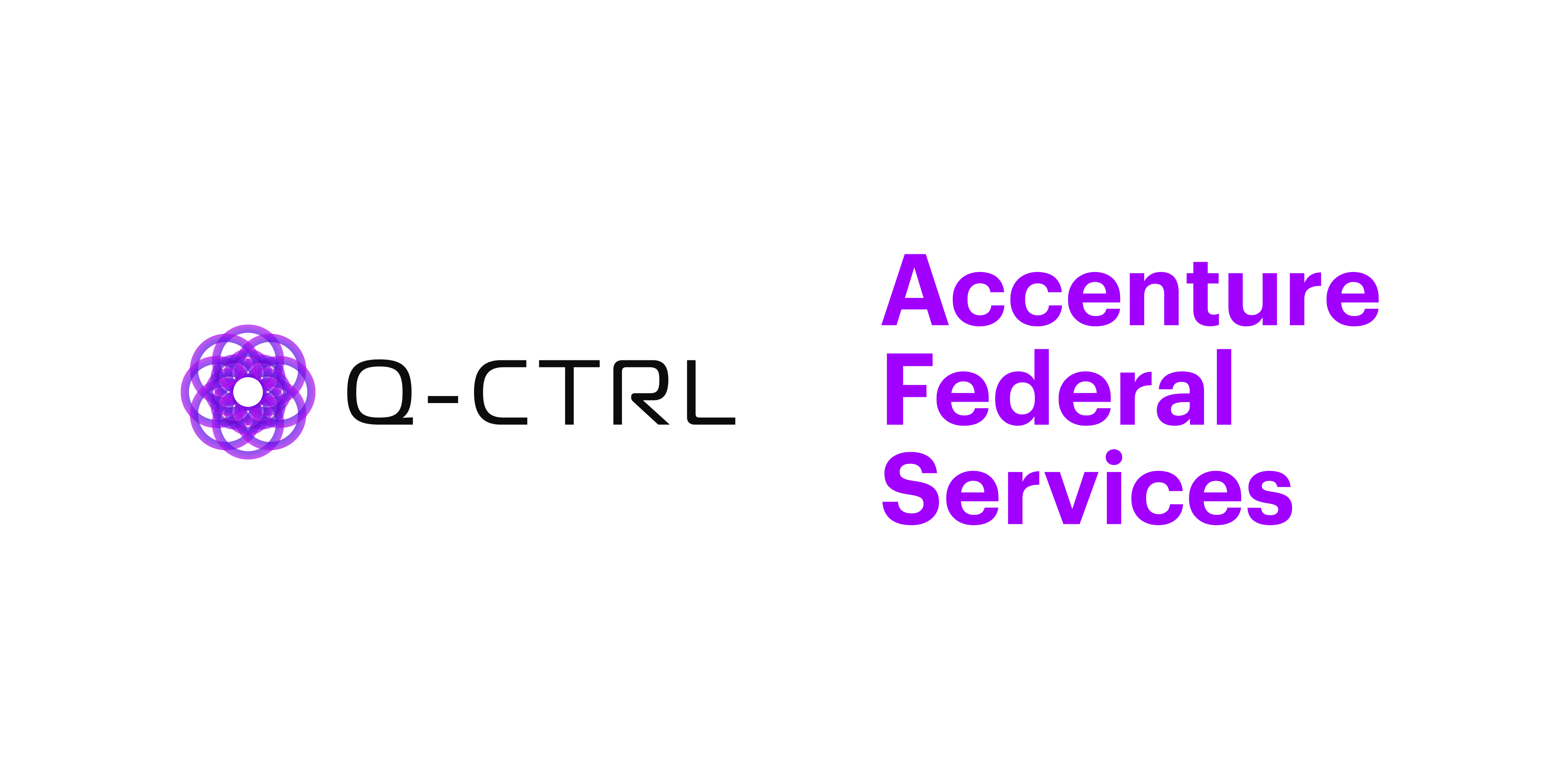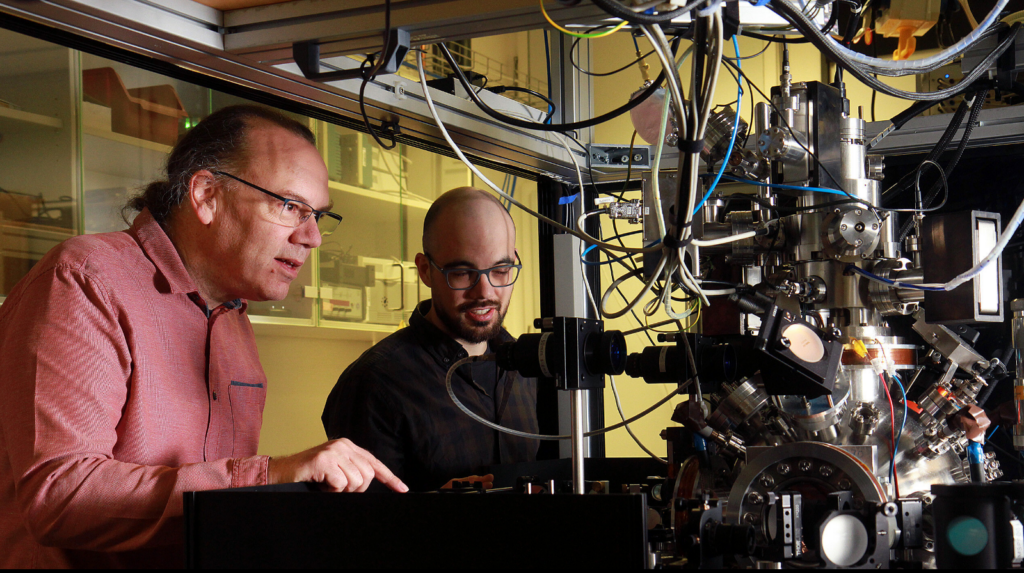Insider Brief:
- Federal agencies face growing challenges in detecting security threats and inefficiencies within complex network communication patterns, requiring advanced tools for precise anomaly detection.
- Accenture Federal Services and Q-CTRL collaborated to apply quantum optimization, leveraging Q-CTRL’s Fire Opal software with IonQ hardware via Amazon Braket to improve anomaly detection processes.
- The partnership addressed the Max-Cut optimization problem, enabling a quantum-classical hybrid approach that achieved a 3X improvement in success probability over classical methods during real-world testing.
- This collaboration highlighted the potential of combining domain expertise with quantum technology and teased future expansions of Fire Opal, IonQ, and AWS for broader applications in cybersecurity and beyond.
Modern networks generate vast and intricate communication patterns, making it increasingly difficult to detect security threats and inefficiencies—an urgent problem that federal agencies are actively seeking solutions to. Identifying outliers and anomalies within these patterns, which are often indicative of vulnerabilities or inefficiencies, requires tools capable of processing data with precision. Accenture Federal Services and Q-CTRL recently collaborated to explore a quantum solution to this challenge, as detailed in a recent blog post.
Quantum Optimization for Anomaly Detection in Network Security
Anomaly detection in network security focuses on identifying unusual patterns of communication or behavior that could signal security threats or inefficiencies, such as unauthorized access or data exfiltration. This process involves analyzing the flow of information between devices to spot deviations from normal activity.
One approach to solving this problem ties directly to the Max-Cut optimization problem, which involves dividing a network into two groups to maximize the connections—or ‘cuts’—between them. In simpler terms, the goal is to reorganize the network in a way that highlights potential weak points or anomalies. While the concept is straightforward, the complexity of finding an optimal solution increases exponentially with network size, often making it impractical for classical computing methods. These traditional approaches typically rely on approximations, which can struggle to capture the nuances of increasingly complex network environments.

The partnership involved Q-CTRL’s Fire Opal software and integrating it with IonQ’s quantum hardware via Amazon Braket. According to the release, this hybrid quantum-classical approach streamlined optimization processes while enhancing the hardware’s computational output. By focusing on error suppression, Fire Opal allowed the quantum system to achieve a 3X improvement in success probability over a classical benchmark solver during testing on the Westermo Network Traffic dataset.
A key feature of the collaboration was the integration of Fire Opal’s Optimization Solver, a software designed for hardware-agnostic deployment. This solver is intended to simplify the implementation of hybrid workflows by blending the strengths of quantum and classical systems. Its automation capabilities reduced the complexity of deploying optimization solutions, offering a scalable framework for addressing cybersecurity challenges.
“We have seen firsthand how Fire Opal enhances the performance of today’s quantum hardware, delivering measurable improvements in anomaly detection and large-scale optimization challenges. As Fire Opal expands its compatibility with devices like IonQ through Amazon Braket, it opens the door for broader adoption of Q-CTRL’s error suppression techniques. This integration would help accelerate the practical application of quantum solutions and empower researchers and developers at AFS to achieve more accurate and reliable results in critical areas like cybersecurity and optimization.,” said Raymond Beecham, Security Delivery Specialist at AFS.
The collaboration also highlighted the flexibility of IonQ’s hardware, accessed through Amazon Braket. According to the post, this setup not only demonstrated how cloud-based quantum platforms can support diverse applications without requiring dedicated hardware but also teased an upcoming integration involving, Fire Opal, IonQ, and AWS.
Combining Expertise and Innovation for Real-World Quantum Solutions
The results of this collaboration indicate the potential for quantum computing to support cybersecurity strategies, particularly in anomaly detection. Testing revealed that the Fire Opal-enhanced solution consistently outperformed a classical local solver on a challenging dataset, suggesting that quantum optimization may become a valuable tool as hardware capabilities grow.
As outlined in the release, this work also exemplifies the importance of collaboration between domain experts and technology providers. AFS’s expertise in federal security requirements complemented Q-CTRL’s quantum software, so that they were able to create a solution tailored to real-world needs.
Looking ahead, the planned expansion of Fire Opal’s compatibility with IonQ’s hardware, including advanced systems such as Forte and Aria, reflects a broader effort to make quantum tools more accessible. This integration is expected to enable researchers and developers to achieve more accurate results, particularly in fields where classical methods encounter significant limitations.

















